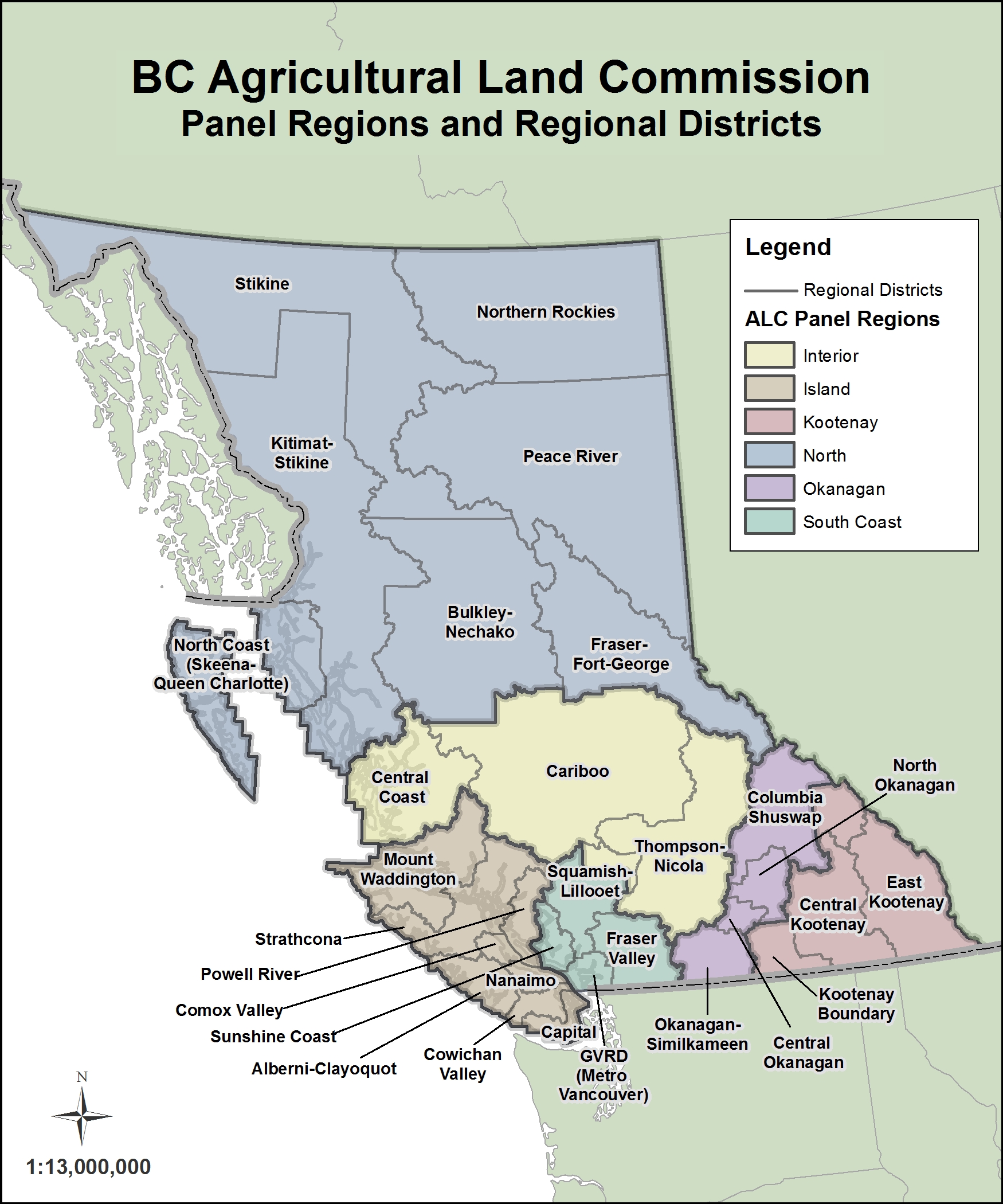An independent committee submitted a list of 27 items to consider
By Diego Flammini
Staff Writer
Farms.com
A group of British Columbians submitted a list of items to lawmakers to help them protect prime farmland in the province.
Lana Popham, B.C.’s agriculture minister, selected eight industry representatives in January to form the Minister’s Advisory Committee for Revitalizing the Agricultural Land Reserve (ALR). The process also included an online survey and written submissions from different communities.
The interim report includes 13 legislative changes and 14 key issues that need to be addressed to better protect the 4.6 million acres of provincially protected land inside the ALR’s borders.
The committee provided its report to the Agricultural Land Commission (ALC), an independent tribunal charged with administering the Agricultural Land Commission Act. The ALC submitted the report to the provincial Ministry of Agriculture.

One of the committee’s recommendations is to see the ALR as farmland first.
"Within the ALR itself, agriculture has to be the priority of the province and the province must step up to the plate," Vicki Huntington, committee chair told CBC's Radio West on Thursday.
The committee also wants the provincial government to come up with guidelines for homes built within the ALR.
Large residential developments has driven the cost of ALR land up, making it difficult for producers who wish to farm the land long term.
“Purchase of ALR land by non-farmers, coupled with no provincial limits on the scale and size of residential development, is pushing the cost of land out of the reach of farmers,” the report states.
In terms of agricultural production on the ALR, the committee suggests limiting one crop.
Greenhouse cannabis production should be restricted to protect the land underneath the structures, the panel said.
“The anticipated large scale of these structures will damage the land base and permanently alienate large tracts of land from agricultural use,” the committee’s report says.
The committee also called for a full analysis of the ALR to determine how much land is suitable for farming.